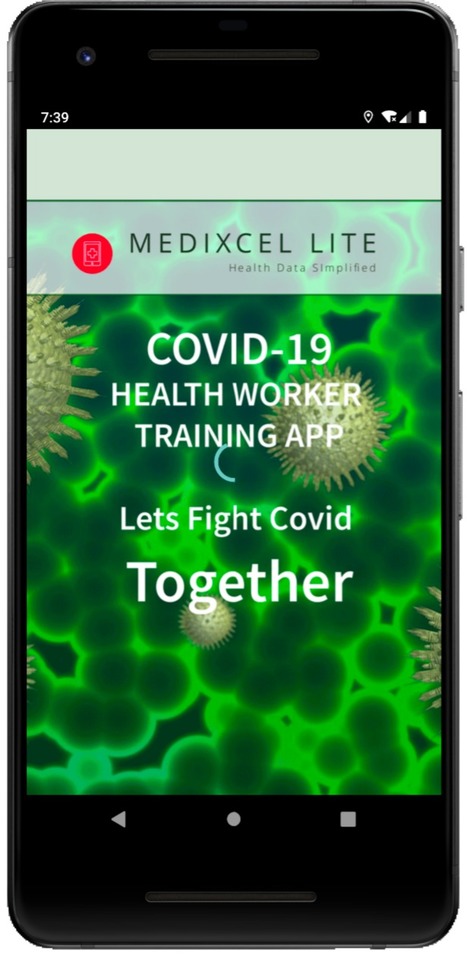Contact tracing aims to avoid transmission by isolating, at an early stage, only those individuals who are infectious or potentially infectious, to minimize the societal costs associated with isolation. Considerable resources are therefore directed at improving surveillance capacities to allow efficient and rapid investigation and isolation of cases and their contacts. To enhance tracing capacities, the use of digital technologies has been proposed, leveraging the widespread use of smartphones. Therefore, proximity-sensing applications have been designed and made available to automatically trace contacts, notify users about potential exposure to COVID-19, and invite them to isolate.
The efficacy of digital contact tracing against coronavirus disease 2019 (COVID-19) epidemic is debated: Smartphone penetration is limited in many countries, with low coverage among the elderly, the most vulnerable to COVID-19.
Quantifying the impact of digital contact tracing is essential to envision this strategy within a wider response plan against the COVID-19 epidemic.
We modeled this intervention together with household isolation assuming a 50% detection of clinical cases. In a scenario of high transmissibility (R = 2.6), we found that household isolation by itself would produce a reduction in peak incidence of 27%, while the inclusion of digital contact tracing could increase this effect by 30% for a reasonably achievable app adoption (~20% of the population) and by 144% for a large-scale app adoption (~60%). At a moderate transmissibility level (R = 1.7), the app would substantially damp transmission (36 to 89% peak incidence reduction for increasing app adoption), bringing the epidemic to manageable levels if adopted by 32% of the population or more.
The app-based tracing and household isolation have different effects across settings, the first intervention efficiently preventing transmissions at work that are not well targeted by the second.
Moreover, app-based contact tracing also yields a protection for the elderly despite the lower penetration of smartphones in this age category.
These results may inform the inclusion of digital contact tracing within a COVID-19 response plan.
read the study at https://advances.sciencemag.org/content/7/15/eabd8750
Lire l'article complet sur : advances.sciencemag.org
Via nrip



 Your new post is loading...
Your new post is loading...










Contact tracing works, if done right. In the early stages of the pandemic, a number of issues with contact tracing were seen. A majority of them were to do with the lack of knowledge/training about how to carry it out And the magnitude of the task it entailed for a set of untrained workers.
A contact tracing strategy must be built into public health surveillance systems and evolved to be with the times whenever needed, with the hope that it is not needed.